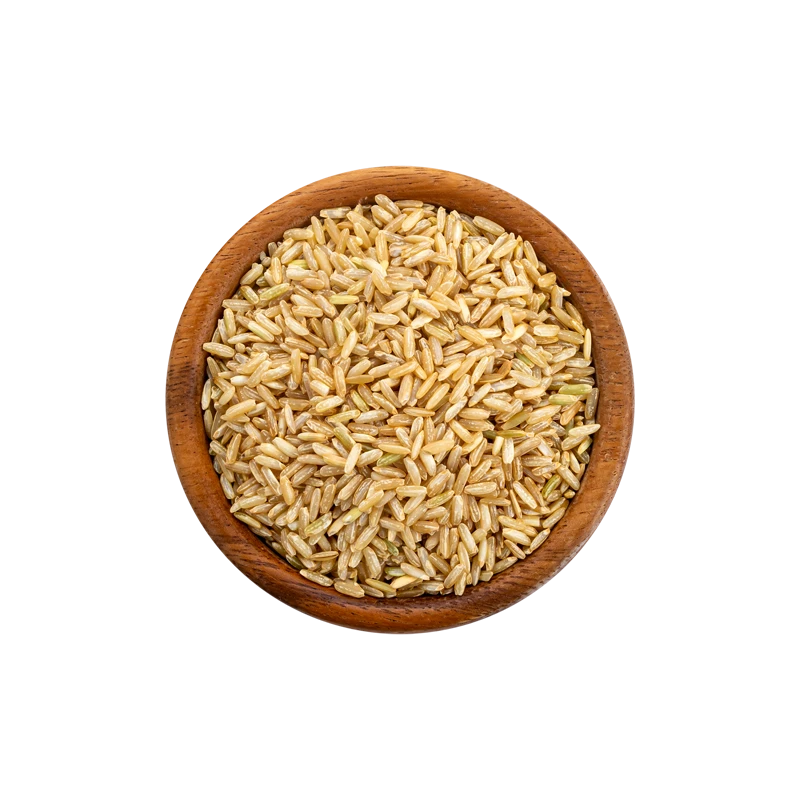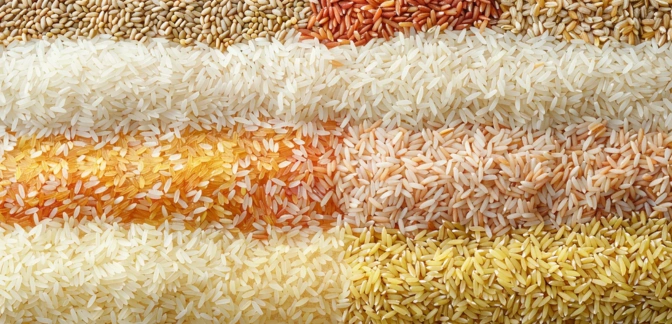Brown Rice — Nutrients, Health Benefits, And Shopping Tips

Written by Listonic Team
Last update on September 4, 2024
Nutrients
Nutrition facts
Amount per 100 g
Calories
🔥 111 kcal
| Nutrition per: 100 g | Value | % Daily Value* |
|---|---|---|
| Carbs | 23 g | 8.36% |
| Fiber | 2 g | 7.14% |
| Sugars | 0 g | - |
| Glycemic Index | 50 | - |
| Protein | 3 g | 6% |
| Sodium | 5 mg | 0.22% |
| Total Fat | 1 g | 1.28% |
*The % of Daily Value (DV) tells you how much a nutrient in a serving of food contributes to a daily diet. 2,000 calories a day is used for general nutrition advice.
Brown rice retains most of its nutrients which include fiber (bran), potassium, phosphorus, and trace minerals.
Encyclopedia of Foods. A Guide to Healthy Nutrition
50
🟢 Low Glycemic Index
1 g
🥕 Low Fat Content
Key takeaways
Health benefits
- High in fiber, which aids in digestion, promotes regular bowel movements, and supports a healthy gut microbiome.
- Rich in essential vitamins and minerals such as magnesium, phosphorus, selenium, and B vitamins, which support energy metabolism and overall health.
- Provides sustained energy from its complex carbohydrates, making it a great source of long-lasting energy.
- Supports heart health by helping to reduce cholesterol levels and lower the risk of heart disease.
Health risks
- Arsenic content as brown rice can contain higher levels of arsenic compared to white rice, which can pose long-term health risks with excessive consumption.
- Phytic acid content which can inhibit the absorption of certain minerals, potentially leading to deficiencies if brown rice is a large part of the diet.
- Digestive discomfort such as bloating or gas due to its high fiber content, especially for those not accustomed to a high-fiber diet.
- Potential for pesticide residue on conventionally grown rice, which can pose health risks over time if not properly washed or sourced.
How to choose brown rice
Brown rice should appear clean and uniform in size and color, with a subtle, nutty fragrance signaling freshness. Ensure the rice is free from any dust or debris.
Avoid brown rice that smells musty or shows signs of moisture, which can lead to spoilage and affect cooking results. Also, be wary of packages that are torn or damaged, as they can compromise the rice's quality.

How to store brown rice
Brown rice should be stored in an airtight container in a cool, dry place. A pantry or kitchen cabinet is ideal to protect it from moisture and pests. Properly stored, brown rice can last up to six months.
Moisture and heat can cause brown rice to spoil, so these conditions should be avoided. Storing it near strong-smelling foods is not advisable, as rice can absorb odors. Regularly checking for pests helps maintain the rice's quality and safety.
✅ Extra Tip
How long does it last?
Brown rice can last for 6 months when stored in an airtight container in a cool, dark place. If refrigerated or frozen, it can last up to 12 months. Proper storage is essential to prevent it from becoming rancid.
What to do with leftovers?
Leftover brown rice can be used in a variety of dishes. Turn it into fried rice by stir-frying with vegetables, eggs, and your choice of protein. Brown rice is also great in rice salads, where it pairs well with fresh vegetables, herbs, and a tangy dressing.
Use brown rice as a base for grain bowls, topped with meats, beans, and vegetables. It can also be added to soups for extra bulk and nutrition, or mixed into a casserole with cheese and vegetables. If you have a lot of leftover rice, consider making a batch of rice pudding by cooking it with milk, sugar, and spices until creamy. Brown rice can also be used in stuffed peppers or baked into a savory rice and cheese bake for a comforting meal.
👨⚕️️ Medical disclaimer
Discover products from other categories
Listonic Team
Fact-checked
Our editorial team checked this article to make sure it was accurate at the time of publishing it.
Get the top-rated shopping list app on your phone!







